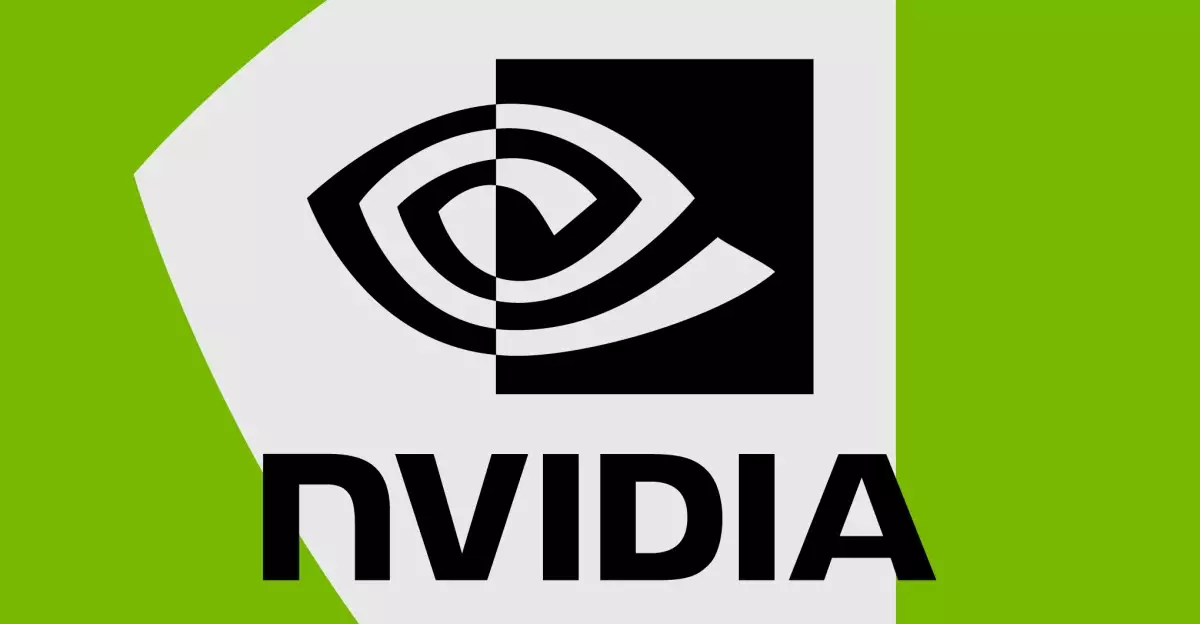For a daunting stretch of time, Nvidia GPU owners have found themselves ensnared in a web of driver-related chaos. What was once a step forward for graphics performance and gaming experiences has devolved into a series of missteps that reflect poorly on a brand synonymous with cutting-edge technology. In early January, the launch of the new RTX 50-series drivers heralded significant promise, but instead, it has unleashed a torrent of issues—black screens, game crashes, and overall instability that have become commonplace in discussions among users on platforms like Reddit and Nvidia’s support forums.
The Ripple Effect of Recent Updates
The arrival of Nvidia’s latest driver, version 576.02, was anticipated as a potential turning point, one that promised to rectify the mounting frustrations users had been expressing. However, irony struck as users reported that this update further exacerbated performance issues rather than alleviating them. Horrifying tales emerged of GPU monitoring tools failing to deliver accurate temperature readings, leading users to question their hardware’s health. Subsequently, Nvidia scrambled to offer the 576.15 hotfix—a reactive measure to tighten the loose ends left by its predecessor. For consumers accustomed to Nvidia’s historic reliability, these developments are disheartening, showcasing a failure to maintain the high standards expected from such a leading tech brand.
Challenges of the RTX 50-Series Launch
The debacle surrounding the RTX 50-series cards is compounded by an array of manufacturing hiccups. Reports of melting power cables and claims of missing render units have painted a troubling picture of the quality control measures in place. When consumers invest heavily in a new generation of hardware, they expect not only superior performance but also a sense of assurance regarding product integrity. The urgency Nvidia has shown in issuing hotfixes might appear commendable at first glance, yet the frequency of these patches hints at a deeper issue—one of a rushed launch strategy overshadowed by manufacturing flaws and inadequate pre-release testing.
Rollbacks and User Frustrations
As a fallout from persistent driver issues, many users have resorted to rolling back to earlier drivers—specifically the December 566.36 release, which predates the problematic updates. Unfortunately, this remedy is not possible for those who have invested in the latest RTX 50-series cards, which lack compatibility with these older drivers. Ironically, this segment of customers, who should be enjoying cutting-edge technology, often feel stranded without viable solutions. It’s a disconcerting situation when the best recourse for stability is to abandon innovations in favor of outdated drivers.
The Marathon of Hotfixes
The volume of hotfix drivers released over the past few months has been unprecedented; four have emerged in a short span, signaling either a desperate scramble to correct mistakes or a significant overhaul of internal processes. In the past, Nvidia’s drivers were renowned for their effectiveness and connectivity with a multitude of games. This swift series of updates contrasts with the stability users have come to expect, especially when tasked with competing against rivals like AMD and Intel.
Users are now met with the inconvenience of not only dealing with inadequate driver support but also chronic instability during gameplay. Issues like G-Sync performance problems, stuttering, and game crashes have become points of contention among gamers. This culminates in a frustrating experience that detracts from what gaming is supposed to offer: seamless interaction and immersive enjoyment.
Searching for Reliable Solutions
In light of these challenges, the Nvidia community finds itself engaging in spirited discussions, exchanging fixes and workarounds as they attempt to navigate through this rough terrain. The waiting game for reliable solutions has become grueling, with hope resting on the assurance that Nvidia can learn from this tumultuous chapter. For gamers investing in high-end GPUs, the expectation is an unwavering commitment to quality—something that seems momentarily lost in this sea of turmoil.
As the narrative unfolds, it remains to be seen whether Nvidia can regain its footing and restore its image. The stakes are high, as loyalty in the tech community hangs in the balance, and for many, their trust may hinge on the next few updates that promise to right the numerous wrongs.

